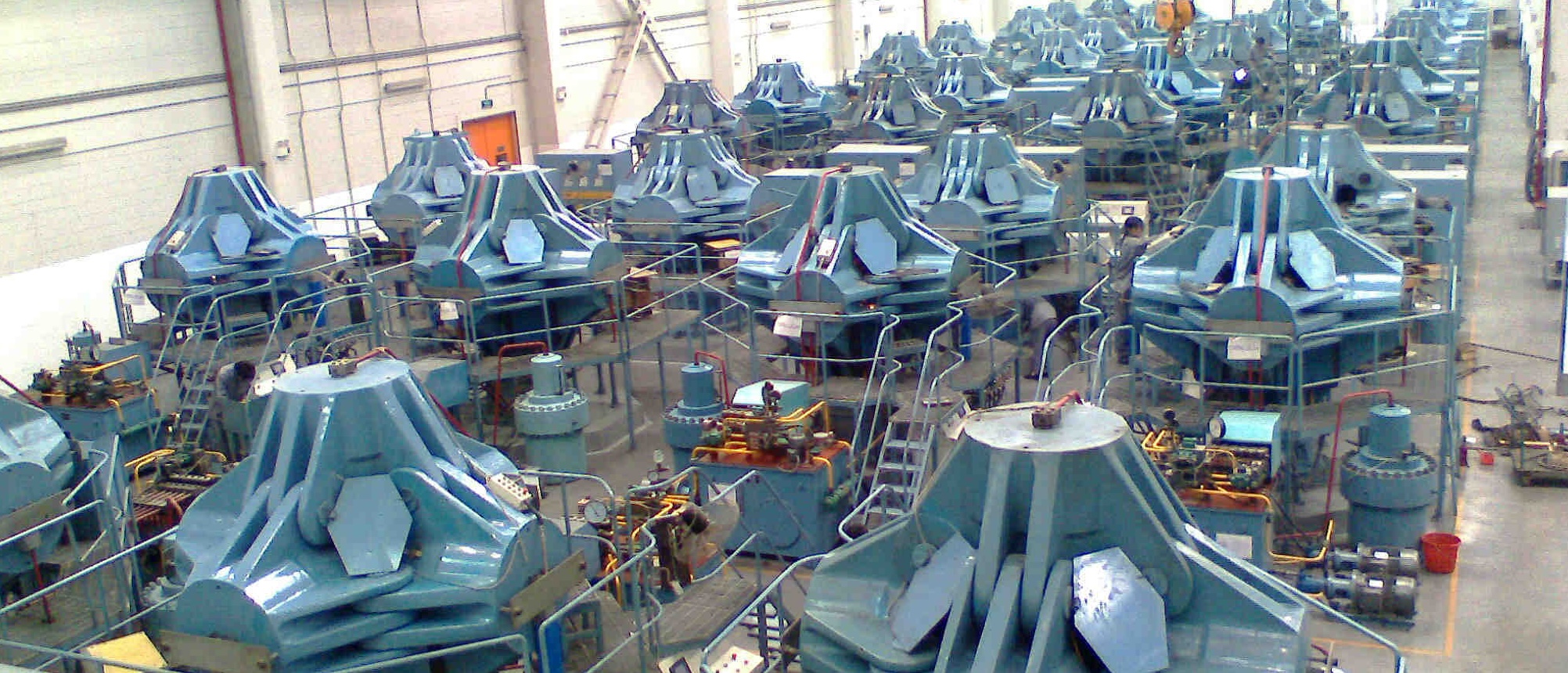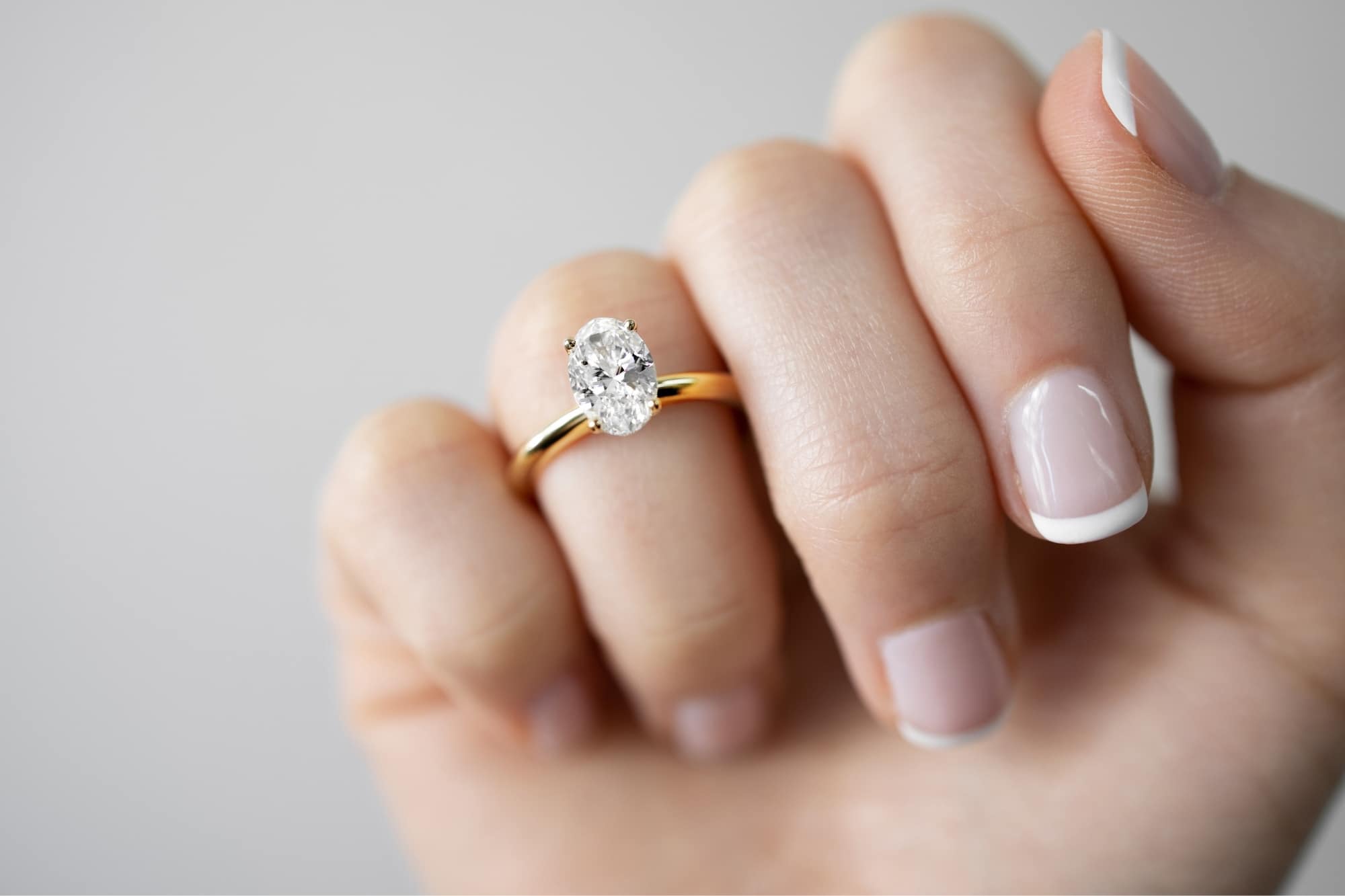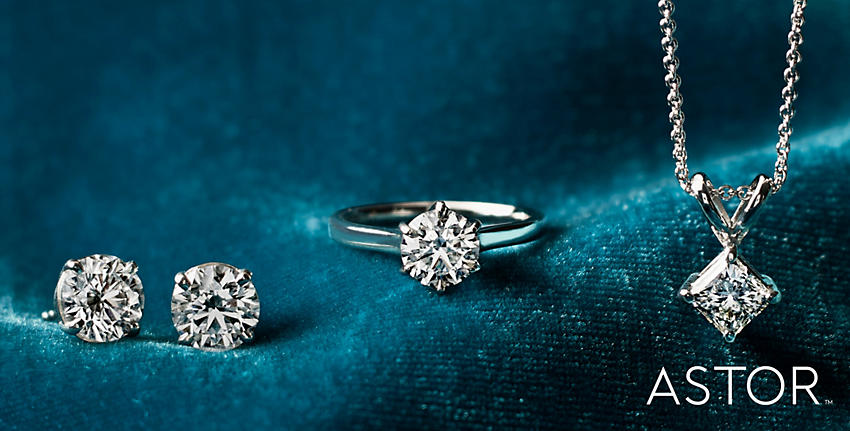China’s diamond industry reached a new milestone in October 2025, when a Chinese company announced the production of what is being described as the world’s largest lab-grown rough diamond, certified by the International Gemological Institute (IGI). This achievement highlights the rapid pace at which Chinese manufacturers are scaling both size and volume and signals a shift in global diamond manufacturing power.
I found this announcement especially interesting because it frames the changing landscape of diamonds. Once the domain of deep-earth geology and centuries of craft, diamonds are now being grown in industrial environments and in sizes that rival major natural finds. The scale and speed of this advance invite us to reconsider what luxury, rarity and heritage mean in a lab-grown world.
China’s Breakthrough in Lab-Grown Diamond Production
The breakthrough is most visible in the factories of central China. For instance, in Hubei province one enterprise operates nearly 300 high-pressure, high-temperature (HPHT) machines that together produce around 600,000 carats of rough lab-grown diamonds per year. These machines compress carbon seeds under pressures and temperatures only a fraction of those deep in the earth but for mere days rather than billions of years. It is this speed and scale that mark a fundamental shift in how diamonds are made.

Alongside volume China has also refined the quality of lab-grown diamonds. The same report notes that production is not only massive but increasingly aimed at gem-grade stones, which means colourless or near-colourless, with clarity and polish standards that mirror those of mined diamonds. Chinese firms are leveraging both HPHT and chemical vapour deposition (CVD) methods to produce larger crystals more reliably and consistently than was possible five years ago.
This acceleration has implications beyond jewellery. According to a Reuters report from October 2025, China announced export curbs on artificial diamond single crystals and micropowders, recognising their strategic value in high-precision manufacturing, semiconductors and quantum devices. That move underlines how lab-grown diamonds sit at the intersection of luxury and high-tech. It is not simply about rings anymore, it is about materials engineered for modern industry.
For buyers and collectors this breakthrough matters. A lab-grown diamond from a Chinese facility no longer signals “entry level” novelty but it can rival significant size and clarity. At the same time, the rapid increase in supply is influencing prices and market dynamics globally. Understanding that you are looking at a material crafted in a factory of thousands of machines rather than carved from the earth changes how we think of rarity, value and even romance in the diamond world.
How Do They Grow Such Large Lab-Grown Diamonds?
To understand how Chinese labs are achieving record sizes, it helps to look at how the two main growth methods (HPHT and CVD) actually work. The high-pressure high-temperature (HPHT) method mimics the natural conditions deep in the Earth’s mantle. Carbon is placed in a growth chamber and exposed to about 1,500 °C and 60,000 atmospheres of pressure until it crystallizes on a small diamond seed. The process takes just a few weeks, but the technology behind controlling temperature and pressure evenly across a large chamber is extremely sophisticated. Even a slight fluctuation can cause fractures or irregular growth.
The chemical vapor deposition (CVD) process is more delicate but allows for larger, cleaner diamonds. Instead of compressing carbon directly, scientists introduce a carbon-rich gas – often methane – into a vacuum chamber. Microwave plasma energy then breaks the gas molecules apart, letting pure carbon atoms slowly settle on a flat diamond seed plate. Layer by layer, the crystal grows vertically, forming a pure diamond lattice. In the most advanced setups, one crystal can grow to several carats in a matter of weeks, but scaling that to dozens of carats without compromising clarity is what makes the Chinese achievement remarkable.
What changed in recent years is precision. Manufacturers began using microwave plasma CVD systems with better temperature control and automated feedback loops. This allows multiple large crystals to grow in the same reactor with nearly identical quality. Companies in Shanghai and Hubei now run hundreds of these chambers, some capable of producing rough stones above 70 carats before cutting. The combination of automation, real-time sensors and cleaner vacuum environments means that growth defects (once the biggest limitation) are far less common.
When I first saw how these machines operate, I was struck by how similar they feel to semiconductor fabrication rather than jewelry making. It’s not just craftsmanship, it’s engineering. Every diamond is grown with data, not guesswork. That’s how China has gone from small gem-grade experiments to producing the world’s largest lab-grown diamonds: controlled, repeatable and pushing the limits of both science and beauty.
What the Size Milestone Actually Represents
When China announced the creation of its record-breaking lab-grown diamond in October 2025, the rough crystal reportedly exceeded 75 carats, making it the largest of its kind ever certified by the International Gemological Institute (IGI). To put that in perspective, that’s more than four times larger than the biggest faceted CVD diamond reported just three years earlier. It’s a leap that took natural diamonds millions of years to achieve in geology but less than a decade for human technology to replicate.
What makes this milestone significant isn’t only its weight but its clarity and structure. Large synthetic crystals have always been difficult to grow without strain lines or metallic inclusions, especially in HPHT production. The Chinese research teams achieved a cleaner lattice by fine-tuning gas purity and stabilizing pressure fluctuations during growth. It suggests that lab-grown diamonds are entering a new stage where “size” doesn’t mean compromising quality, a turning point that could reshape pricing, grading and consumer perception.
This also changes how we interpret rarity. A diamond this size used to be a geological miracle; now it’s a product of engineering precision. It doesn’t make natural diamonds obsolete, but it does reframe what collectors value. If size and clarity can both be achieved in a lab, emotional value and brand storytelling will carry even more weight in how people define luxury.
Implications for Clarity, Value & Consumer Perception
The rise of large, high-quality lab-grown diamonds is forcing the market to redefine what “rare” and “valuable” truly mean. For decades, size and clarity were directly tied to scarcity, meaning the harder a gem was to find, the more it was worth. But when a 70-carat rough can be grown inside a controlled chamber within a month, that scarcity disappears. The result is a sharp price gap between natural and lab-grown diamonds, which now widens every quarter. In 2025, wholesale prices for lab-grown stones of one carat and above fell by more than 60 percent compared to just two years earlier.
For clarity grading, the implications are equally interesting. Because the growth environment can now be fine-tuned to reduce strain and metallic inclusions, the proportion of VS-clarity and better lab-grown stones is steadily increasing. This makes the clarity advantage of natural diamonds less distinctive. Buyers are starting to focus more on transparency about origin, sustainability and certification rather than microscopic internal features. I often find that people new to diamonds are surprised at how eye-clean most lab-grown stones already are, even under magnification.
From a consumer perspective, perception is still catching up with reality. Many people associate size with prestige, yet that connection weakens when technology can deliver the same dimensions at a fraction of the cost. What buyers will come to value more is story and purpose, whether that means owning a natural piece of Earth’s history or a gem that represents progress in science and sustainability. The diamond itself hasn’t changed. But what’s changing is how we define meaning in something that can now be both natural and man-made.
What This Means for the Natural Diamond Market
For the natural diamond market, China’s breakthrough represents both a challenge and an opportunity. On one hand, lab-grown diamonds continue to erode the lower and mid-tier segments of demand. Couples who once viewed natural stones as the only option for engagement rings are now more open to lab-grown alternatives, especially when the difference in size and clarity becomes visible. The emotional appeal of mined diamonds still holds weight, but it’s becoming a niche position rather than a market-wide standard.
On the other hand, this shift is pushing the natural diamond industry to redefine its strengths. Brands are investing more heavily in traceability, heritage storytelling and craftsmanship to differentiate their gems from mass-produced counterparts. It’s a return to emphasizing origin and legacy, not how bright the diamond sparkles, but where it came from and what it represents. Natural diamonds may lose part of their market share, but they’re gaining narrative depth that appeals to collectors and connoisseurs who value authenticity over abundance.
From a broader perspective, this could mark the beginning of a long-term market divide. Natural diamonds will increasingly function as collectibles and luxury symbols, while lab-grown stones dominate practical and fashion-driven categories. Instead of one replacing the other, they’re carving out distinct identities. For investors, that means understanding emotion as much as economics, because in the future, value may depend less on geology and more on perception.
Final Thoughts: Should Buyers Care?
For most buyers, what matters is not whether a diamond came from the earth or a reactor, but how it looks, feels and fits into their story. The record-breaking diamond from China shows that technology is moving faster than tradition, but it doesn’t erase the emotional meaning people attach to these stones. A lab-grown diamond can be flawless in clarity and impressive in size, yet for many, the natural one still carries a quiet weight that science can’t replicate. Each has its place and understanding the difference is part of being an informed buyer.
I think the real takeaway is that we’re entering a new era of choice. Lab-grown diamonds are becoming symbols of progress and accessibility, while natural diamonds remain tied to heritage and rarity. One doesn’t need to replace the other. For those who care about beauty, craftsmanship and transparency, this evolution is something to celebrate, it means diamonds can now reflect both the Earth’s history and human innovation in equal measure.










